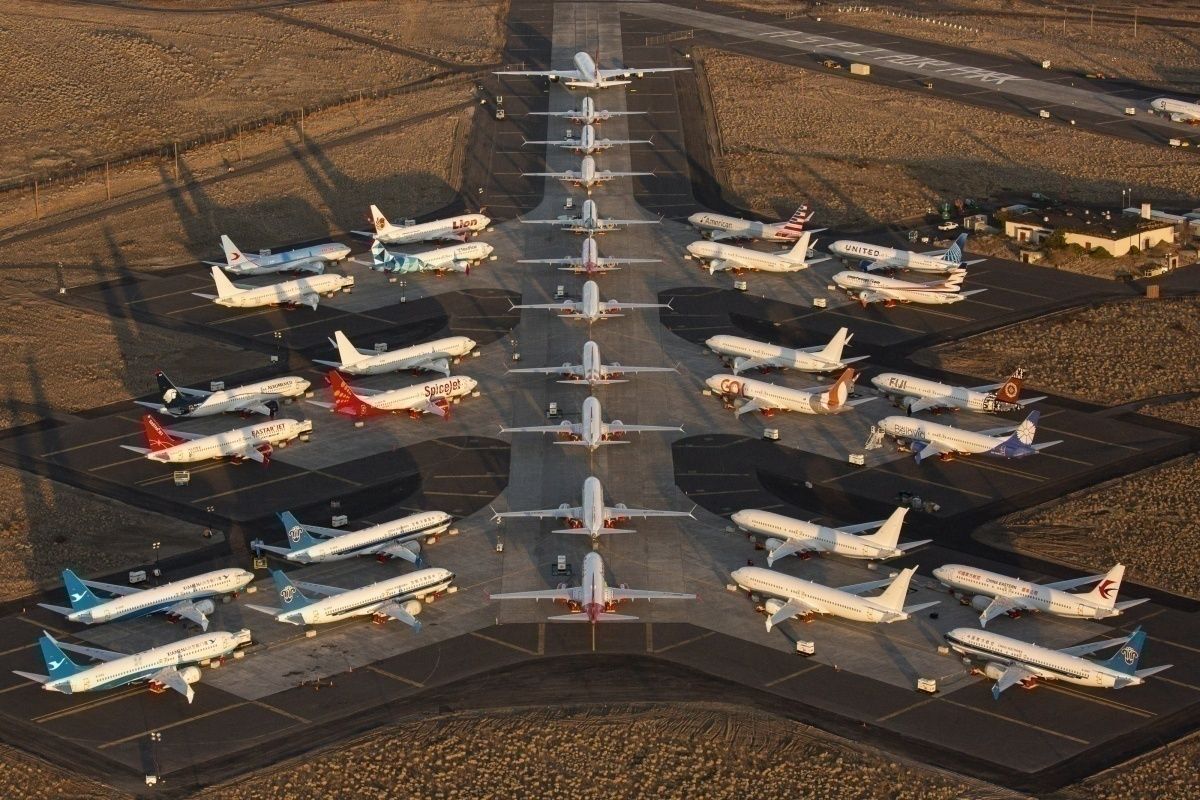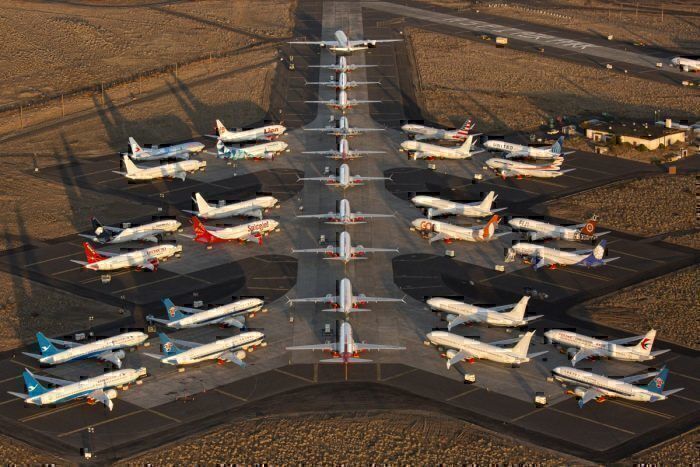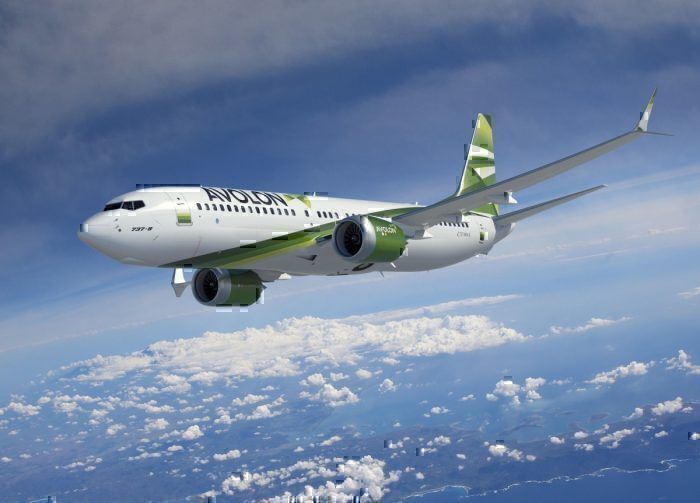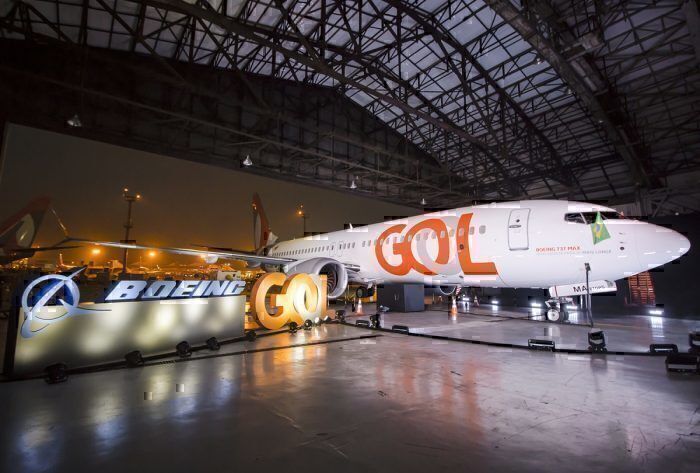Boeing’s latest order book announcements have revealed a staggering 150 cancellations for the 737 MAX in March alone. This, added to the 59 canceled in February, means more than 200 have been removed from the order books since the start of the year. This comes amid a global slowdown in air travel as a result of the coronavirus pandemic, with both airlines and manufacturers feeling the brunt of the burden.
150 orders canceled
The Boeing 737 MAX has proven to be a thorn in the planemaker’s side for over a year now. Once the bread and butter of Boeing’s aircraft lineup, the beleaguered aircraft has thrown up one problem after another, with software issues still hampering its return to service even in the last couple of weeks.
Now, Boeing is feeling additional pain, as it was revealed today by Reuters that a total of 150 orders for the type were canceled over the course of March. The cancelation of 75 had already been reported, all of which came from aircraft leasing company Avolon. But now, it seems other customers have similarly backed out of their deals, with an additional 75 units removed from the planemaker’s books.
The cancelation of orders is unsurprising, given the current state of the aviation industry. In at, order cancellations and deferrals are not limited to Boeing, with its competitor Airbus also receiving its fair share of fallout. However, that will come as no comfort to the US manufacturer as it enters the second quarter of what is shaping up to be the worst year on record for its commercial airplane sales.
The most cancellations in decades
Boeing posted its overall order book for March 2020, noting to CNBC that it was the highest number of cancellations in decades. Although not all customers who canceled were revealed, it was announced that Brazilian airline Gol had removed 34 from the order backlog.
Other disruptions to Boeing’s commercial aircraft sales have left in with one of the worst results for the first quarter of the year since 1984. Overall, it delivered just 50 aircraft in this quarter, just one-third of the 149 that it achieved in the same period last year.
Overall, Boeing’s net cancellations for the month of March were 119, thanks to a total of 31 orders for its widebody aircraft and military models. This included 12 787 Dreamliners, one 767 freighter and 18 737 P-8 military aircraft.
Over the entire quarter, Boeing posted just 49 new orders. This gives it a net total of minus 147 after all cancellations are adjusted in. In a statement to CNBC, the planemaker said,
“We are working closely with our customers, many of whom are facing significant financial pressures, to review their fleet plans and make adjustments where appropriate … At the same time, Boeing continues to adjust its order book to adapt to lower-than-planned 737 MAX production in the near term.”
A difficult time for planemakers
Both Boeing and Airbus are facing tough times ahead, as global demand for air travel has bottomed out and is being predicted to take some years to recover.
Boeing had previously halted the production of the 737 MAX in order to focus on its return to service. A restart was anticipated for May, which now looks to be somewhat over-optimistic. It had also halted production at its widebody factories as more than 100 of its workers had tested positive for COVID-19.
Airbus too had shut down production, but had moved to restart some activities in a socially distant environment. However, its aircraft production output has been cut by a third and some projects, including repurposing the A380 line for narrowbody production, have been put on ice for now.
While both companies are likely to feel more pain from the current situation before things get better, they are likely both considered to be too big to fail. However, it could take some years before either are back to their current firm footing, and an awful lot is dependent on whether their government’s wallets are easy to open.





